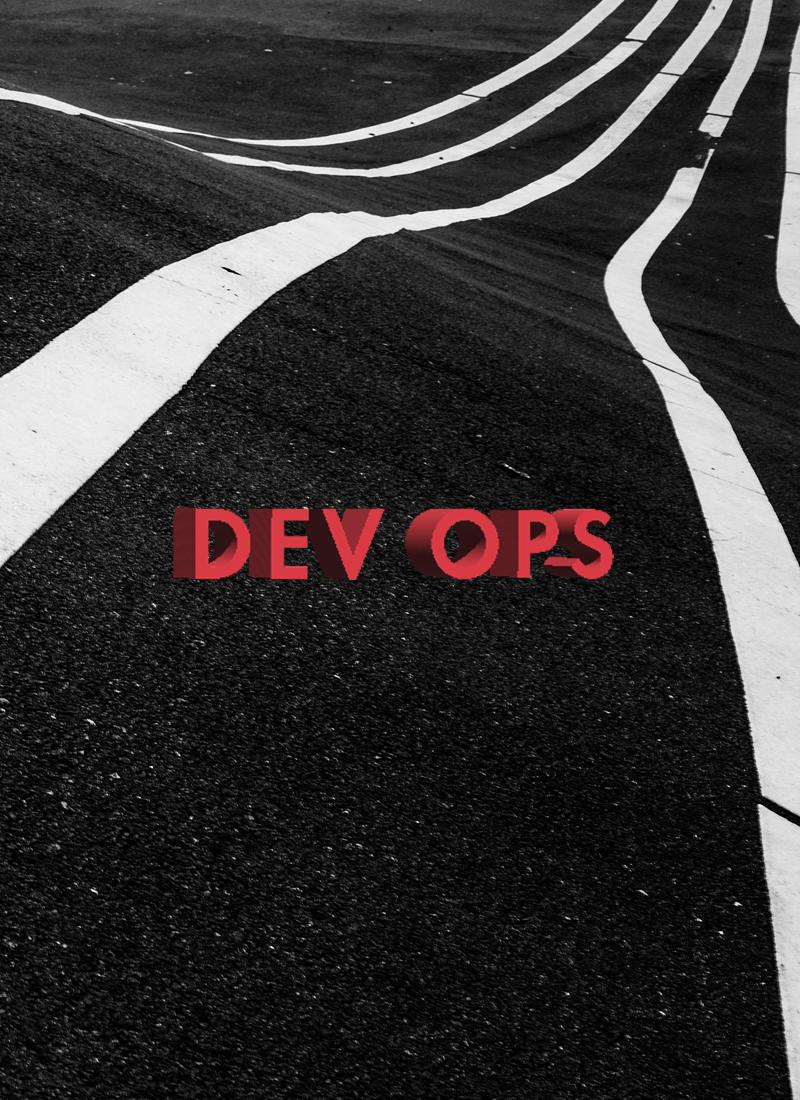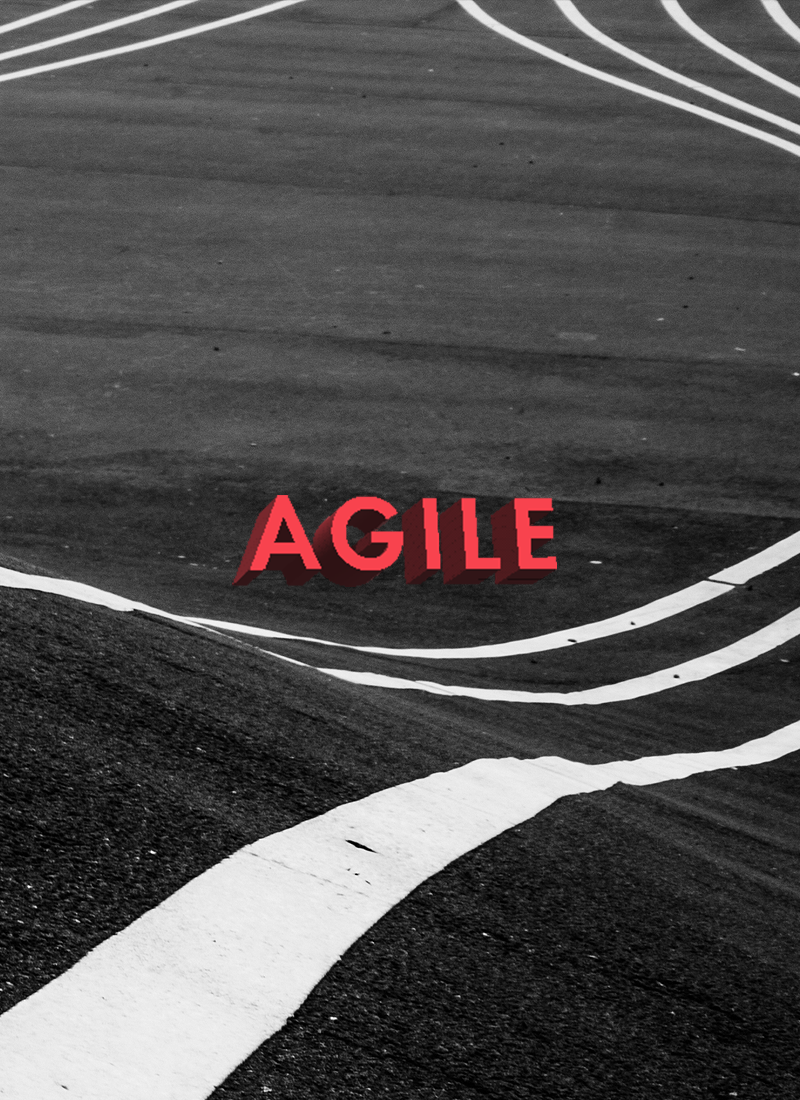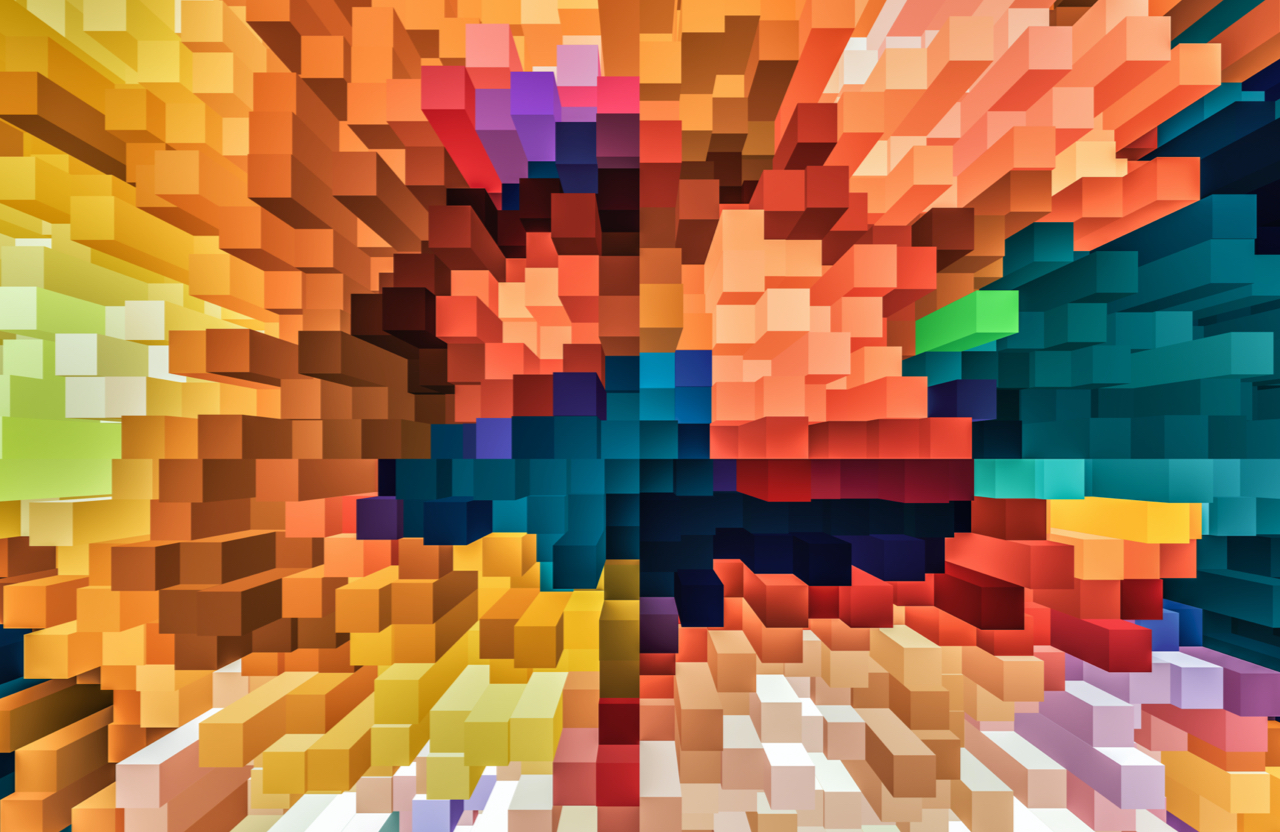What issue can we solve for you?
Type in your prompt above or try one of these suggestions
Suggested Prompt



Energy & Commodities
Part 2: Agility
Embrace Agile Digital Transformation to Grow from the Inside Out
Joseph Tabita
Executive summary:
- Energy traders face new challenges as they must attract new talent while managing cost pressures and operating within a shifting environment
- Organizations can face these challenges by focusing on digitalization
- By promoting digitalization, organizations attract future-focused talent, adopt a digital-native mentality and implement agile ways of working that can implement and scale new technology
Energy and commodity trading groups are facing a challenging environment. This makes it critical for them to attract new talent while operating as a lean and agile organization. The future workforce is attracted to environmentally responsible organizations that place technology at the center of operations. Meanwhile, structural changes abound, and cost pressure is a real concern.
The pace of change must accelerate if energy organizations want to respond to today’s challenges, capitalize on tomorrow’s financial opportunities and execute digital transformation objectives. Here are four ways energy companies can successfully transform from the inside out.
Attract the talent of the future
The rise of digitalization has created a pronounced skills gap in energy and commodity trading companies. Organizations are facing a talent squeeze with a lack of suitable new hires to fill the shoes of an aging workforce.
Much of the talent crisis has to do with brand perception. In the financial services industry, Capital One and Goldman Sachs have positioned themselves as technology companies that happen to be banks. In the energy and commodities space, running an active brand campaign that says, “We are a technology company and we use technology to run our business,” is a primary driver to attract talent of the future. Having this mindset is key. Tech talent must feel they are at the center of the company.
Tech talent must feel they are at the center of the company.
Renewables is another key consideration. Energy companies actively rebranding and demonstrating how they play a role in transforming energy, how it is used and how it is distributed in a cleaner way offer an attractive pitch. Fossil fuels are a significant problem and are taking a toll on the environment. The question that arises is whether energy organizations are demonstrating their commitment to being part of the solution. Energy companies pursuing renewables, mitigating pollution and tackling environmental concerns through technology are appealing to a future workforce.
Energy companies pursuing renewables, mitigating pollution and tackling environmental concerns through technology are appealing to a future workforce.
Start at the strategic level
To save money and generate opportunities from data insights, energy companies need to think about what is possible and what is needed, then match these up. This process must happen at a strategic level; it cannot be buried in small IT changes. The role of the chief experience officer (CXO) is starting to emerge at senior levels in the energy industry and is evolving into a more official role as organizations start engaging with the idea of a single pane of glass. The experience of being able to use one system that is familiar to everyone in the organization represents the idea of creating one shared experience.
For most energy and commodity trading groups, the experience today is not like that. They run on systems made of pieces of technology cobbled together—systems built by different vendors and technologies at varying maturity levels. It is an experience full of friction. The role of the CXO executive is to drive a single pane of glass experience.
The role of the chief experience officer (CXO) is starting to emerge at senior levels in the energy industry and is evolving into a more official role as organizations start engaging with the idea of a single pane of glass.
Apply the principles of Lean, DevOps and Agile
Implementing digital transformation is about more than planning; it requires actionable shifts. Energy and commodity trading groups must think like digital natives to change and challenge established behaviors. An engineering mindset can be developed through a holistic program applying the principles of Lean, DevOps and Agile to fundamentally transform organizations.
Implement scale-enabling technology
Energy groups are facing the issues that many financial services businesses addressed several years ago: how to deal with monoliths, how to get to market faster and how to reduce dependencies on old technology. Lloyds Banking Group in the United Kingdom is an example of a financial services business that has taken a customer-centric approach and forged new collaborations in the era of open banking. Once energy companies think like digital natives and apply an engineering mindset, they can scale enterprise enablers such as cloud migration and data-driven insights or implement AI for automated decision-making.
Once energy companies think like digital natives and apply an engineering mindset, they can scale enterprise enablers such as cloud migration and data-driven insights or implement AI for automated decision-making.
Part of scale-enabling technology is the concept of continuous integration, continuous delivery (CI/CD), and the idea of building new pieces of software that are continually being integrated and delivered. A microservices style of working lends itself to this process. Microservices denote types of applications that are easier to build and maintain when they are broken down into smaller, composable pieces that work together. The application becomes the sum of its components, wherein each component is continuously developed and separately maintained. A microservices application contrasts with the old-style "monolithic" application which is developed in one piece without individual components.
Companies like Amazon, Google and Microsoft work on the premise of microservices. Their teams operate on frequent release cycles, where small teams release individual pieces of functionality independent of everything else. What slows down a release cycle is when everybody must come together with all their pieces in a big integration cycle that takes months of testing, manual interventions and “go-lives.” Old-style energy company systems, typically known as monoliths, have this problem when getting something to market is time-consuming and difficult.
Implementing scale-enabling technology is not without its challenges. Imposing new technology and work processes on multiple teams can lead to bottlenecks and inadvertent dependencies. To navigate these challenges, organizations must think of their software system as an ongoing, living, breathing system that works alongside its business, adapts to its needs, is in sync and takes advantage of new technology. A microservices style enables companies to cope with changing business needs and changing technology enablers.
Agility helps organizations develop the capabilities they need to adapt to ever-shifting environments. Publicis Sapient empowers organizations to become agile through intentional, outcome-driven transformation. Reach out today to discover how to use digital business transformation to enhance agility.
Related Articles
-
![]()
The Transformation Roadmap for Energy Trading Organizations
Digital transformation is a journey. Organizations can find their way forward by investing in efficiency, agility and growth.
-
![]()
The Cloud Advantage
Moving to the cloud can be an efficient game changer for energy companies, but it requires careful consideration to make the most of it.
-
![]()
Harness the Power of Innovation
Energy trading companies can thrive in a rapidly evolving industry by maximizing value creation through innovative digital transformation strategies.
Related Reading
-
![]()
Connecting the Oil & Gas Data Pipeline
The oil and gas sector can strengthen its value chain by unifying its approach to data.
-
![]()
How Next-generation Operating Models Will Affect Future Trading in the Energy Market
Volatility in the energy market presents an opportunity for trading organizations to upgrade their operating model.
-
![]()
Why Energy Companies Need a New Approach to IT
Read why today’s IT systems need to adapt quickly and cheaply, and how collaboration and agility are the secrets to success.













